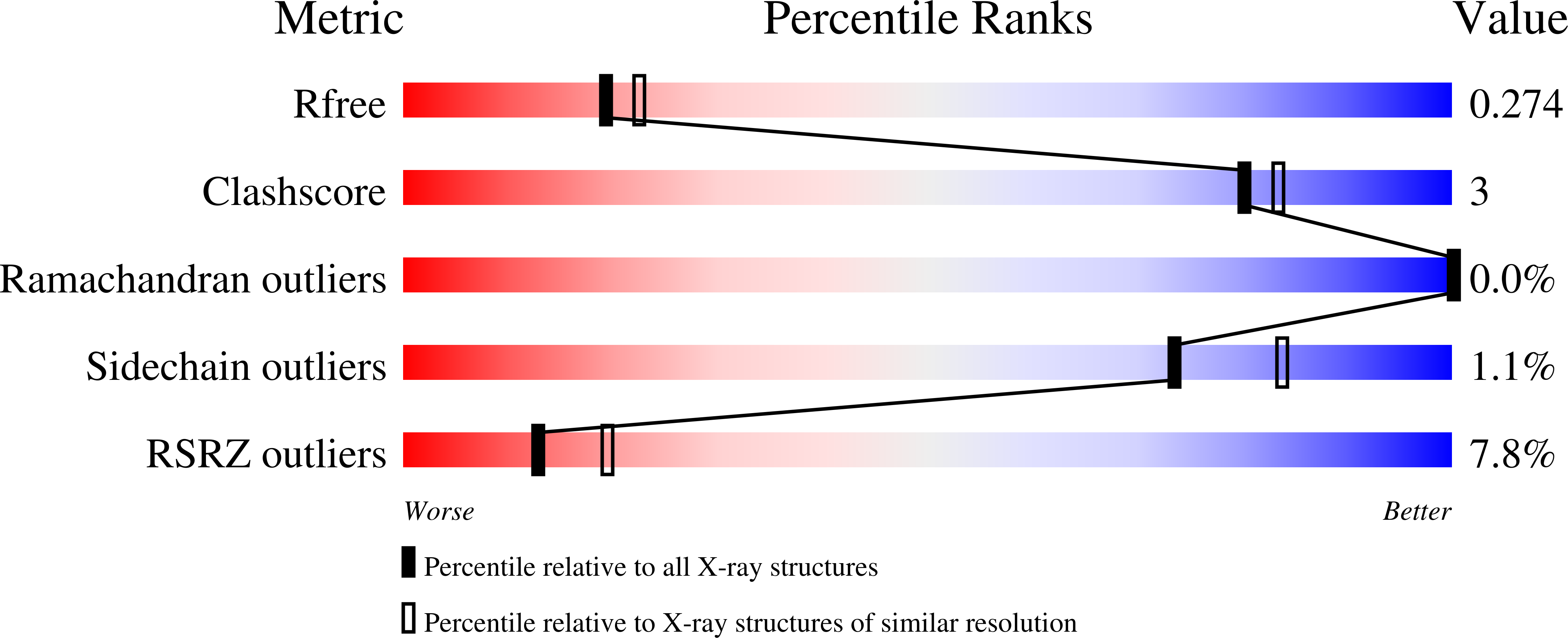
Deposition Date
2023-10-13
Release Date
2023-11-15
Last Version Date
2024-11-20
Entry Detail
PDB ID:
8QTT
Keywords:
Title:
Crystal structure of a C-terminally truncated version of Arabidopsis thaliana 14-3-3 omega in complex with a phosphopeptide from the inhibitor protein BKI1.
Biological Source:
Source Organism:
Arabidopsis thaliana (Taxon ID: 3702)
Host Organism:
Method Details:
Experimental Method:
Resolution:
2.35 Å
R-Value Free:
0.27
R-Value Work:
0.23
R-Value Observed:
0.23
Space Group:
P 1


